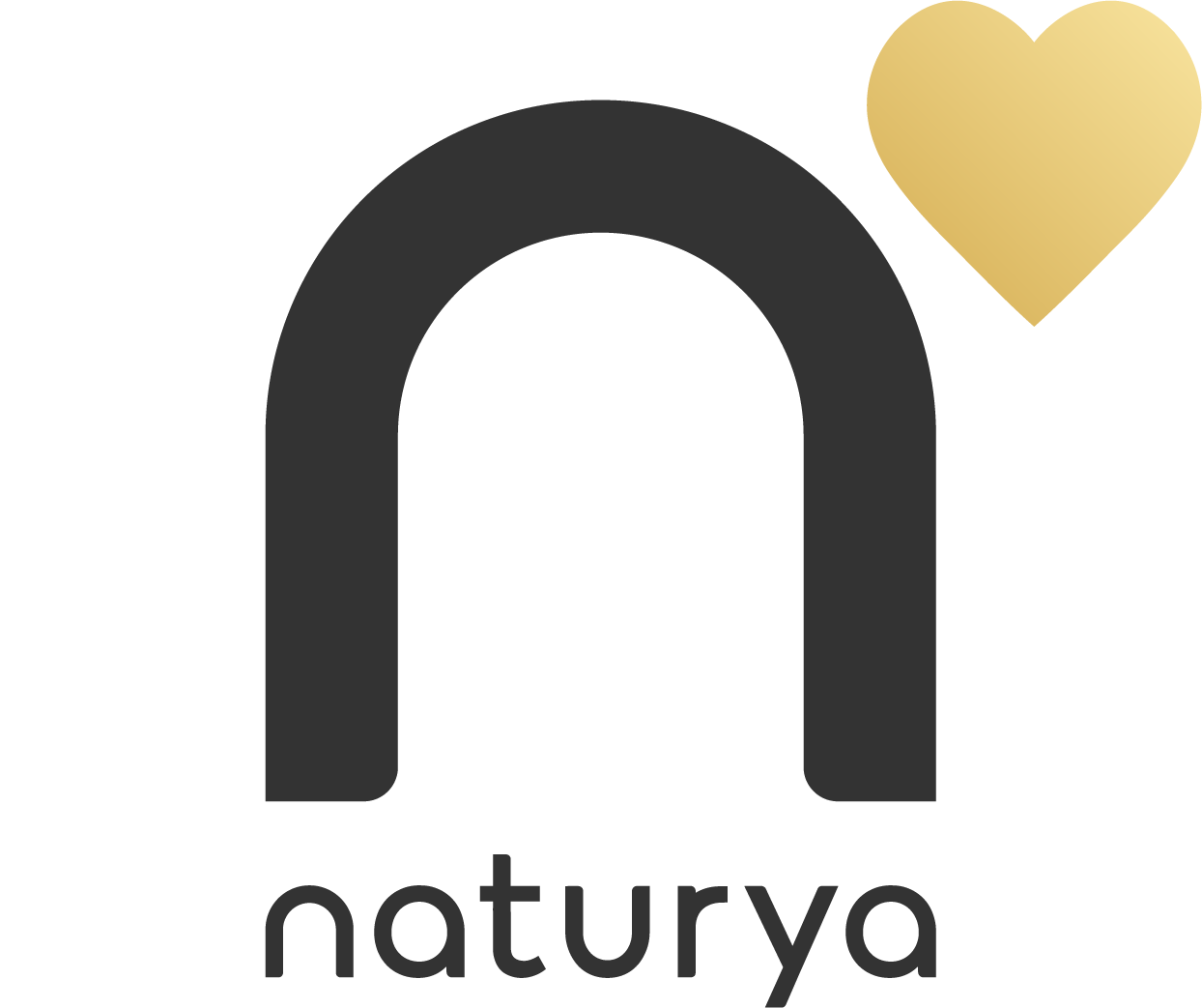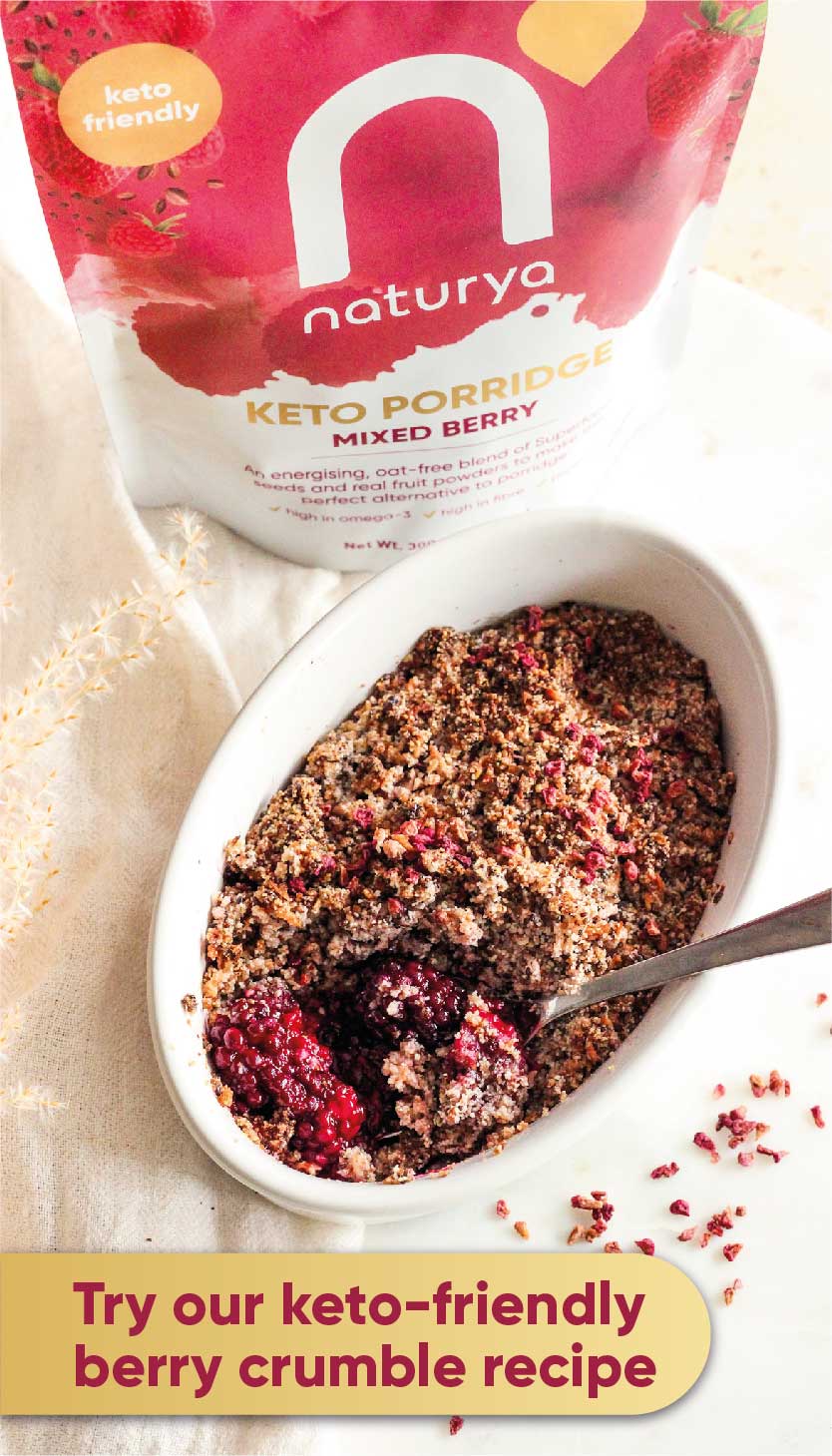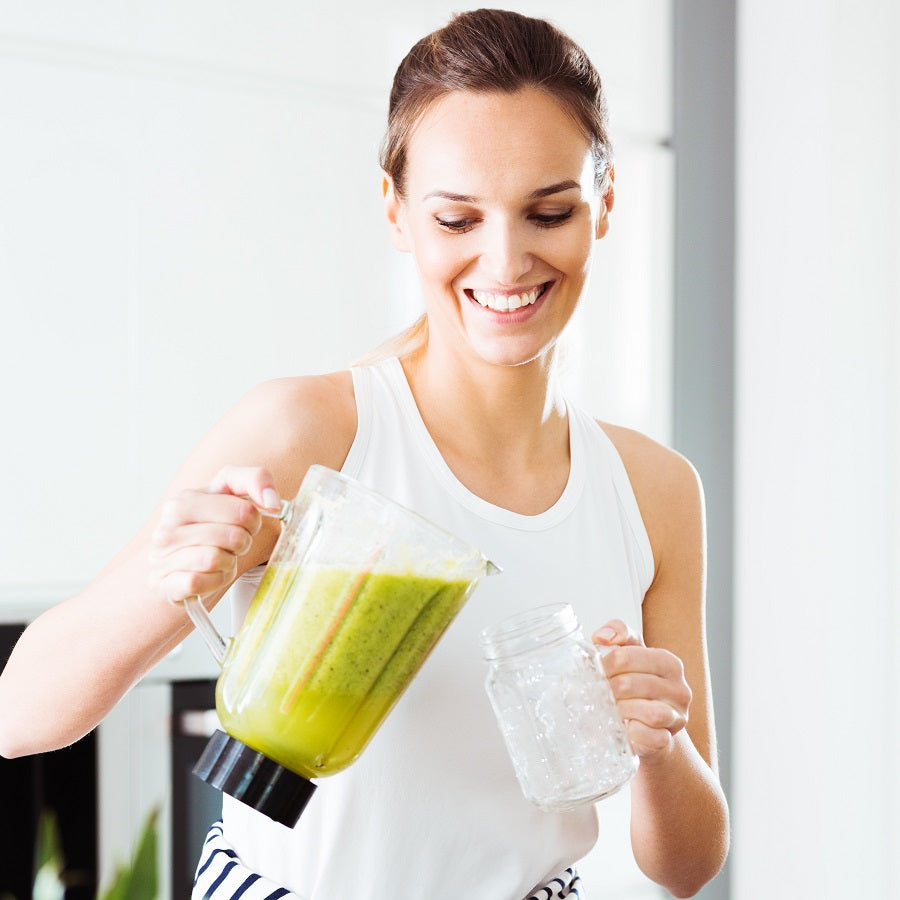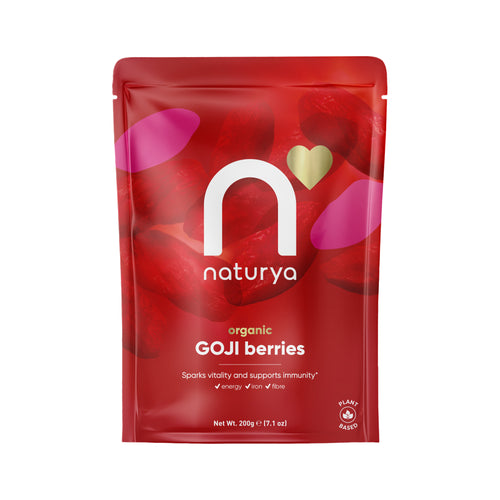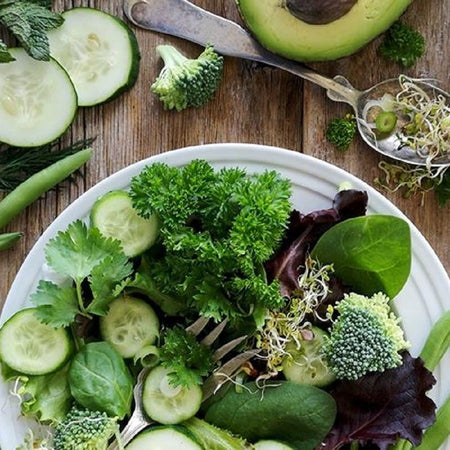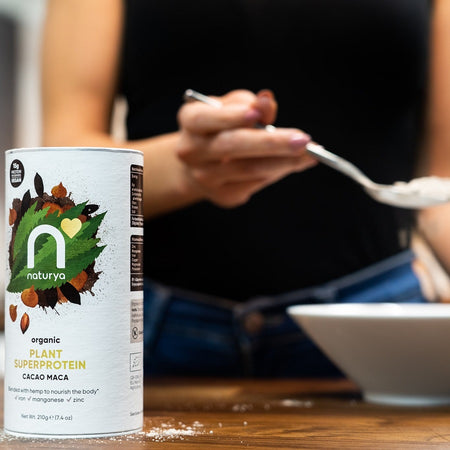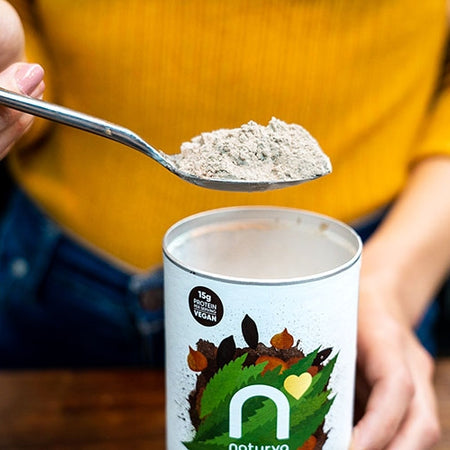Ramping up your fitness regimen and diet at the start of a new year is very common. And, while there’s nothing wrong with taking advantage of every opportunity to look after your health, it’s important to pay as much attention to recovery and fuelling your body as you pay to exercising and dieting. Learn some of the must-know tips for better recovery and more energy below.
The science of sports physiology and recovery explained
During sports activities, our body homeostasis (i.e. stable internal environment) changes to facilitate the activity.
A molecule called ATP (Adenosine triphosphate) is produced through enhanced glycolysis to power your muscles when you exercise. This metabolic process can deplete the reserves of glycogen and carbohydrates. Also, loss of micronutrients and electrolytes such as potassium, chloride, calcium, sodium and magnesium, as well as mild inflammation at the cellular level normally occur during exercise. Besides, training too hard can cause muscle tissues to wear and tear.
Tips for better recovery:
1. Pay attention to post-exercise nutrition
This is an essential step in bringing your body back to homeostasis and speeding up the recovery process.
A fantastic way to support post-exercise recovery when following a vegan diet is by consuming a combination of nutrient-dense simple and complex carbohydrates, protein, and electrolytes. Carbohydrates are great for replenishing glycogen reserves, which are essential to keeping your body energised. Complete protein sources such as hemp are essential to replenishing your body’s amino acid reserves to increase protein synthesis, while electrolytes such as potassium, chloride, calcium, sodium and magnesium are key to rehydration and faster muscle recovery. Foods with carbohydrates to protein ratio of 4:1 – 2:1 are believed to be the most efficient in speeding up recovery.
2. Consume mixed GI Superfoods
Another great strategy for replenishing your muscle glycogen reserves is by eating a mixture of low, medium and high GI (glycaemic index) foods. Combining fruits such as bananas and dates with nutrient-rich goji berries, mulberries, acai, blueberries and strawberries, and lucuma powder is a great idea.
3. Consider muscle repair and Protein Digestibility-Corrected Amino Acid Score (PDCAAS)
PDCAAS is a method of assessing the nutritional quality of a protein source based on its amino acid profile and the human body’s ability to digest it. A combination of two or more plant protein sources such as hemp, pea, rice, and pumpkin protein guarantees a good PDCASS to help jumpstart muscle repair. Branched-chain amino-acids from hemp, spirulina, soy and pumpkin, in particular, can aid in protein synthesis, promote recovery, and lean muscle development.
4. Introduce more functional ingredients into your diet.
Eating more functional foods is a great idea when looking to boost your sports performance and improve recovery. Maca powder is an adaptogen and source of vitamin B2 and iron to fight fatigue. Turmeric is a good source of Curcumin, known for its anti-inflammatory benefits. Camu Camu, found in our Immunity Functional Blend, is a great source of vitamin C and a powerful antioxidant to aid recovery. Greens such as spirulina, chlorella, barley grass and wheatgrass are rich in nutrients that help replenish electrolytes and micronutrient reserves.
